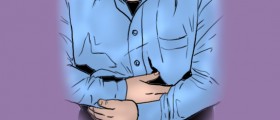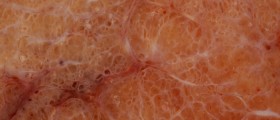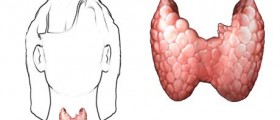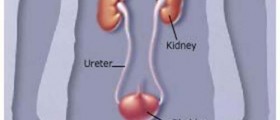
Thyroid surgery includes removal of parts or the entire thyroid gland. The procedure is generally performed in patients suffering from thyroid cancer, thyroid nodules or uncontrollable hyperthyroidism, also in patients whose thyroid gland is huge and affects breathing and swallowing.
Thyroid Surgery - the Procedure and Recovery Time
The surgery procedure includes an incision above the area where the collarbones meet the breast bone. There is no cutting of the nearby muscle, only parts or the entire thyroid gland are removed. A small drain is placed into the wound to provide with elimination of excess fluid and it is removed a few days after the surgery.
After the procedure, patients may complain of having a sore throat, which can last up to a few days. The problem tends to intensify during swallowing. This is not a permanent complication of the surgery and withdraws after certain period of time. Depending on the extent of the surgery patients are either discharged several hours after the surgery or they stay hospitalized for several days.
The patients are advised to eat solid food and drink plenty of fluids. They are also administered antibiotics which prevent possible postoperative infections. Majority of patients resume with normal diet three days after the surgery. If the surgery has been extensive patients continue with liquids and soft food for 7 days. It is essential to abstain from any kind of strenuous physical activity for at least two weeks after the surgery.
Since, in many cases of thyroidectomy the level of thyroid hormones is disturbed (reduced) some patients may undergo blood tests to see if there is an insufficient amount of thyroid hormones, if there sre then the patients are prescribed medications which maintain the appropriate levels of thyroid hormone. In many cases these medications need to be taken for lifetime.
Driving after the surgery is also forbidden. Many patients experience stiffness of the neck muscles and simply cannot move their heads side to side or even look behind. This can significantly interfere in driving. The problem can be easily solved with physical therapy and once the patient regains all the movements in the neck he/ she is allowed to drive.
Risk and Side Effects of Thyroid Surgery
One of the potential complications of thyroid surgery is hoarseness. It occurs due to damage of the nerve that controls the vocal cords. Hypothyroidism is another side effect but it is easily treated with hormone replacement therapy. One more complication is related to the removal of all 4 parathyroid glands. These glands control the level of calcium in the blood and if all of them are surgically removed the patients may have problems with blood levels of calcium. Apart from the previously mentioned additional complications include wound infection and excessive bleeding.












-What-Are-Your-Options_f_280x120.jpg)




Your thoughts on this
Loading...